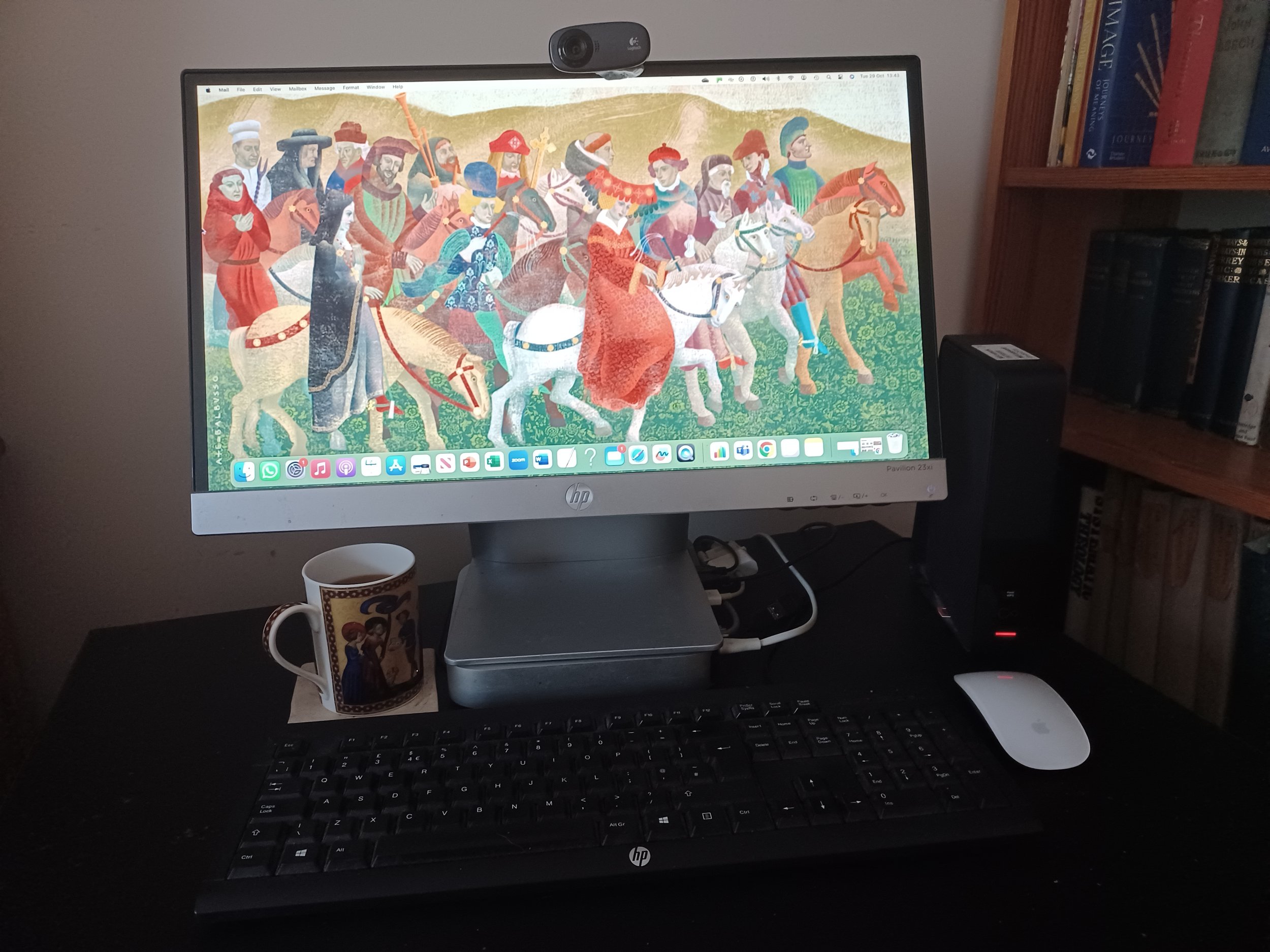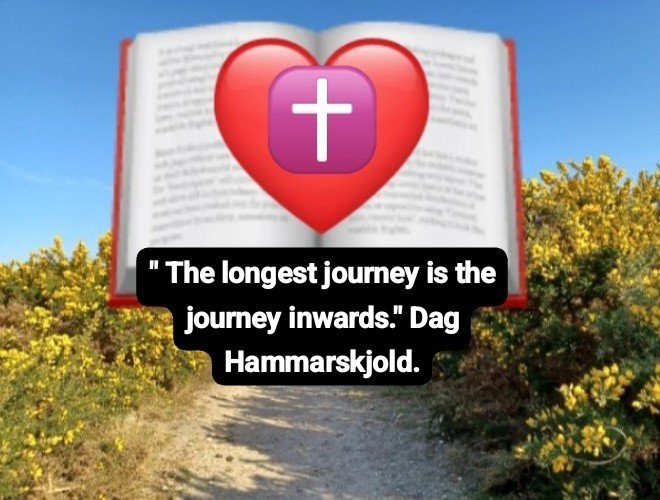
Virtual Pilgrimage
Introduction
Virtual Pilgrimage is for folk who want to go on a pilgrimage but can't get out and about to do so. This may be due to family responsibilities, financial considerations, or impaired mobility through some form of disability.
So there may be very good reasons for not opting for a traditional outdoor or Wayfaring Pilgrimage where you make a literal, physical journey in search of moral or spiritual significance.
But no worries! As you will see, this need not necessarily be a barrier to the pilgrim experience…
… thanks to the option of a Virtual Pilgrimage. In this context, “virtual" means using simulated versions of something that is “real”. To do this, use is made of the imagination, pictures, memory triggers and online or internet resources. In some instances, it could involve physical activity or the use of artistic creation.
This can create a journey into something that is potentially deeply transformative and enlightening for the soul.
What may this look like?
A Virtual Pilgrimage follows the same pattern as any other type described on this website. The pattern used, in each case, has the primary aim of making a journey into a passage of Scripture and thus finding it is the heavenly 'way' into the Kingdom of God.
Briefly, the 4 stages are:
1. Holy Longing: The motive for the journey
2. Pilgrim Journey: The journey itself
3. Prayerful Arrival: Reflection on the journey
4. Servant Response: Practical application of what you have learnt
The following is a brief introduction as to what the stages might look like.
1. Holy Longing
For example, you might find yourself led to enter more deeply into the following verse of Scripture:
“The light shines in the darkness, and the darkness has not overcome it.” John 1.5
To explore this, you might like to imagine you are going to somewhere you know, that is special to you. If you can't get out and about then you will use imagery to create the journey virtually.
Some may have the option to accumulate the equivalent distance in the locality, for example adding up trips to the shops, school or work, or recreational walks and cycle trips.
For others, circumstances may mean they have to remain in one fixed place. But with the help of prompts, a sense of travel and journey can still be created.
2. Pilgrim Journey
So on with the pilgrim journey! Look at the picture and use it to reflect on the concepts of darkness and light. It was taken on a remote road in Yorkshire. Ahead of where the cyclist has paused, the road divided both left and right.
If you have been on that journey, in which direction would you hope to be turning?
Left - where it is dark and threatening?
Right - towards the clear blue sky?
Why?
3. Prayerful Arrival
At the end of period that you have allocated to your pilgrim journey, prayerfully reflect on what you have learned.
Perhaps give thanks for the spiritual light in your own life.
4. Servant Response
One way of thinking about the first three stages is to imagine it as “breathing in". This last stage is the “breathing out”.
How do you bring what you have learned not only into your own life, but also as a blessing for those around you?
Conclusion
I hope the above will give you sufficient insight into the concept of Virtual Pilgrimage to inspire you to participate yourself. You might find it helpful to look at the example Virtual Pilgrimages on this website:






